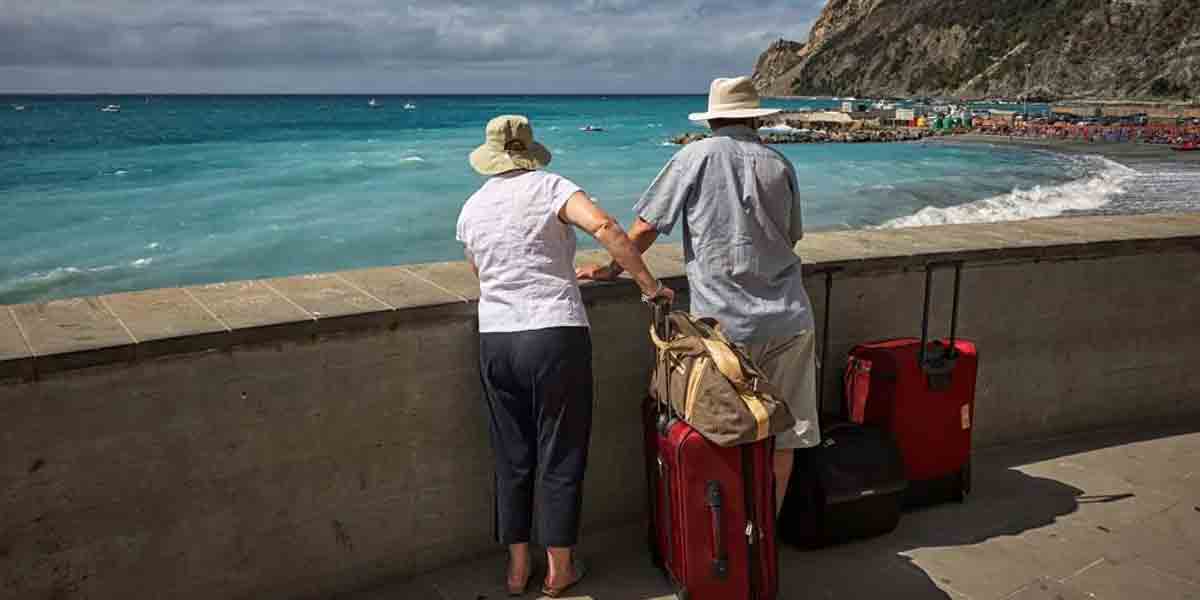 By Atty. Rolex T. Suplico
By Atty. Rolex T. Suplico
As a University Student Councilor of the UP Student Council (1985-1986) and a member of the Sigma Rho Fraternity of UP Diliman, I actively participated in the 1986 EDSA Revoluton. I manned the barricades at Camp Aguinaldo and later at Broadcast City. I recall that my fraternity brothers and I visited our brod JPE, or Juan Ponce Enrile, inside Camp Crame in Quezon City after his historic meeting with General and later Pres. Fidel V. Ramos.
Today, my dear Reader, I write about JPE and the EDSA Revolution as decided by the Supreme Court en banc in AYER PRODUCTIONS PTY. LTD. and McELROY & McELROY FILM PRODUCTIONS, petitioners, vs. HON. IGNACIO M. CAPULONG and JUAN PONCE ENRILE, respondents, in G.R. No. 82398, April 29, 1988. Justice Feliciano wrote the decision.
In 1987, Australian film maker Hal McElroy and his movie production company, Ayer Productions Pty Ltd., wanted to make a movie “for commercial viewing and for Philippine and international release, the historic peaceful struggle of the Filipinos at EDSA (Epifanio de los Santos Avenue),” entitled “The Four Day Revolution.” He wrote JPE about this movie, who declined to participate.
On February 23, 1988, JPE filed a complaint with the Regional Trial Court of Makati, seeking to enjoin McElroy and Ayer from producing the movie. He argued that “the production of the mini-series without (his) consent and over his objection, constitutes an obvious violation of his right of privacy. On 24 February 1988, the trial court issued ex-parte a Temporary Restraining Order.” It later issued a writ of Preliminary Injunction.
On March 22, 1988, McElroy and Ayer both filed separate petitions for certiorari before the Supreme Court, which were then ordered consolidated. The Court also granted their prayers for Temporary Restraining Order enjoining the Writ of Preliminary Injunction issued by the RTC of Makati. JPE “filed his Consolidated Answer on 6 April 1988 invoking in the main a right of privacy.”
At this point, the Supreme Court observed that the “constitutional and legal issues raised by the present Petitions are sharply drawn. Petitioners’ claim that in producing ‘The Four Day Revolution,’ they are exercising their freedom of speech and of expression protected under our Constitution. Private respondent, upon the other hand, asserts a right of privacy and claims that the production and filming of the projected mini-series would constitute an unlawful intrusion into his privacy which he is entitled to enjoy.”
The Supreme Court then held that:
“The right of privacy or ‘the right to be let alone,’ like the right of free expression, is not an absolute right. A limited intrusion into a person’s privacy has long been regarded as permissible where that person is a public figure and the information sought to be elicited from him or to be published about him constitute of a public character. Succinctly put, the right of privacy cannot be invoked to resist publication and dissemination of matters of public interest. The interest sought to be protected by the right of privacy is the right to be free from unwarranted publicity, from the wrongful publicizing of the private affairs and activities of an individual which are outside the realm of legitimate public concern.”
The Supreme Court said that “whether the ‘balancing of interests test’ or ‘the clear and present danger test’ be applied in respect of the instant Petitions, the Court believes that a different conclusion must here be reached: The production and filming by petitioners of the projected motion picture ‘The Four Day Revolution’ does not, in the circumstances of this case, constitute an unlawful intrusion upon private respondent’s ‘right of privacy.’”
The Supreme Court examined the subject matter of the movie and said:
“x x x ‘The Four Day Revolution’ relates to the non-bloody change of government that took place at Epifanio de los Santos Avenue in February 1986, and the train of events which led up to that denouement. Clearly, such subject matter is one of public interest and concern. Indeed, it is, petitioners’ argue, of international interest. The subject thus relates to a highly critical stage in the history of this country and as such, must be regarded as having passed into the public domain and as an appropriate subject for speech and expression and coverage by any form of mass media. The subject matter, x x x, does not relate to the individual life and certainly not to the private life of private respondent Ponce Enrile. x x x. ‘The Four Day Revolution’ is not principally about, nor is it focused upon, the man Juan Ponce Enrile’ but it is compelled, if it is to be historical, to refer to the role played by Juan Ponce Enrile in the precipitating and the constituent events of the change of government in February 1986.”
The Supreme Court then defined a public figure “as a person who, by his accomplishments, fame, or mode of living, or by adopting a profession or calling which gives the public a legitimate interest in his doings, his affairs, and his character, has become a ‘public personage.’ He is, in other words, a celebrity. Obviously to be included in this category are those who have achieved some degree of reputation by appearing before the public, as in the case of an actor, a professional baseball player, a pugilist, or any other entertainment. The list is, however, broader than this. It includes public officers, famous inventors and explorers, war heroes and even ordinary soldiers, an infant prodigy, and no less a personage than the Grand Exalted Ruler of a lodge. It includes, in short, anyone who has arrived at a position where public attention is focused upon him as a person.”
The Supreme Court thereafter held that JPE “is a ‘public figure’ precisely because, inter alia, of his participation as a principal actor in the culminating events of the change of government in February 1986. Because his participation therein was major in character, a film reenactment of the peaceful revolution that fails to make reference to the role played by private respondent would be grossly unhistorical. The right of privacy of a ‘public figure’ is necessarily narrower than that of an ordinary citizen. Private respondent has not retired into the seclusion of simple private citizenship. He continues to be a ‘public figure.’ After a successful political campaign during which his participation in the EDSA Revolution was directly or indirectly referred to in the press, radio and television, he sits in a very public place, the Senate of the Philippines.”
The Supreme Court then concluded:
“The line of equilibrium in the specific context of the instant case between the constitutional freedom of speech and of expression and the right of privacy, may be marked out in terms of a requirement that the proposed motion picture must be fairly truthful and historical in its presentation of events. There must, in other words, be no knowing or reckless disregard of truth in depicting the participation of private respondent in the EDSA Revolution. There must, further, be no presentation of the private life of the unwilling private respondent and certainly no revelation of intimate or embarrassing personal facts. The proposed motion picture should not enter into what Mme. Justice Melencio-Herrera x x x referred to as ‘matters of essentially private concern.’ To the extent that ‘The Four Day Revolution’ limits itself in portraying the participation of private respondent in the EDSA Revolution to those events which are directly and reasonably related to the public facts of the EDSA Revolution, the intrusion into private respondent’s privacy cannot be regarded as unreasonable and actionable. Such portrayal may be carried out even without a license from private respondent.”
The Supreme Court then ordered the petitions for certiorari be “GRANTED DUE COURSE, and the Order dated 16 March 1988 of respondent trial court granting a Writ of Preliminary Injunction is hereby SET ASIDE.” In effect, the Court allowed the movie production of the “The Four Day Revolution” to continue.
I always stand in awe of JPE and his achievements. From his humble beginnings as an illegitimate child of an abogado de campanilla, JPE overcame such low background and rose to dizzying heights. He was the martial law administrator of Pres. Ferdinand E. Marcos. He also became Senate President who presided over the impeachment of Renato Corona, the 23rd Chief Justice of the Supreme Court. I and countless others, who either hate or love him, still stop to listen to this man, my dear Reader, whose mind and mouth, at 96 years old, still incessantly speak the wisdom and the experience of the ages. Mabuhay ikaw, brod JPE!






















